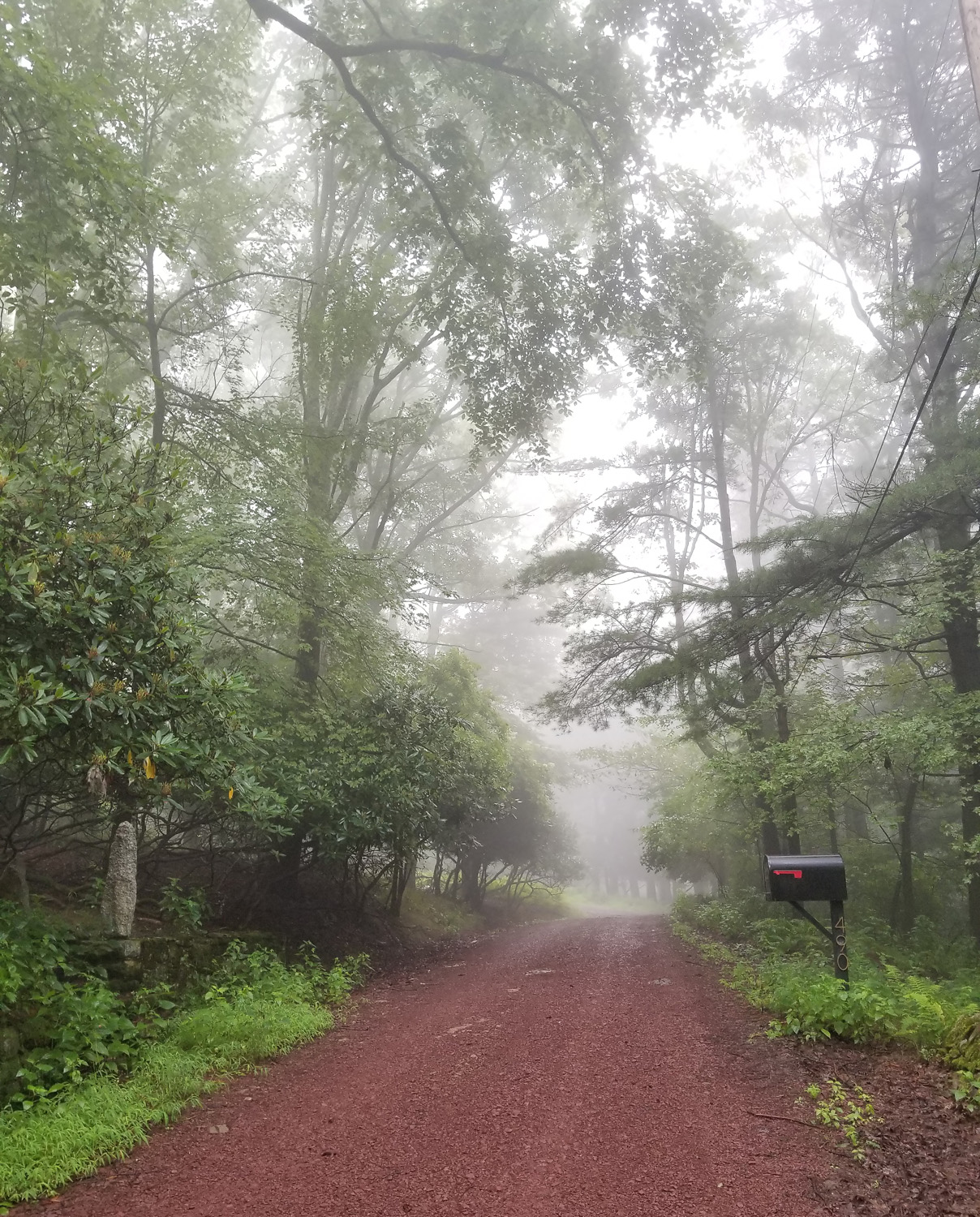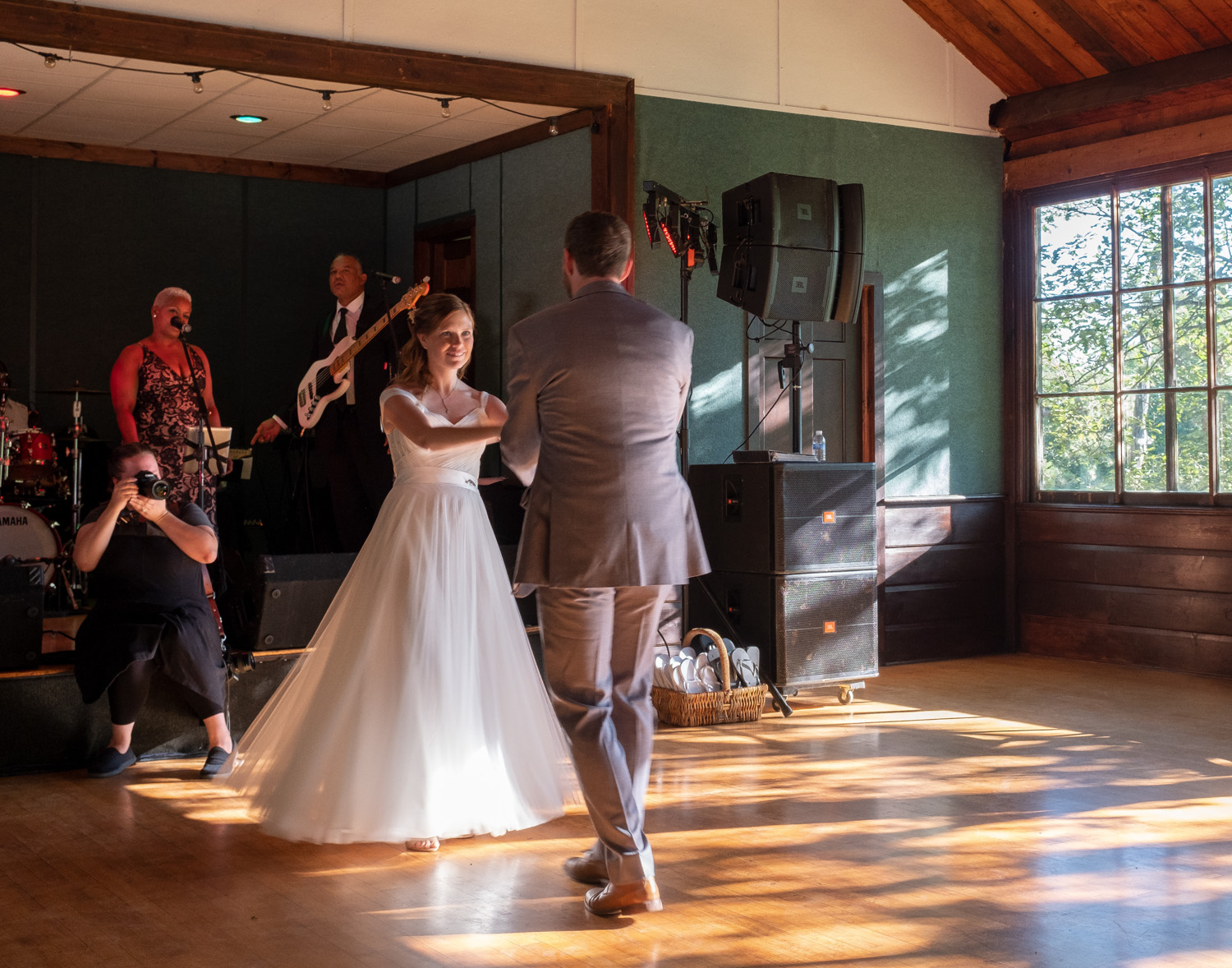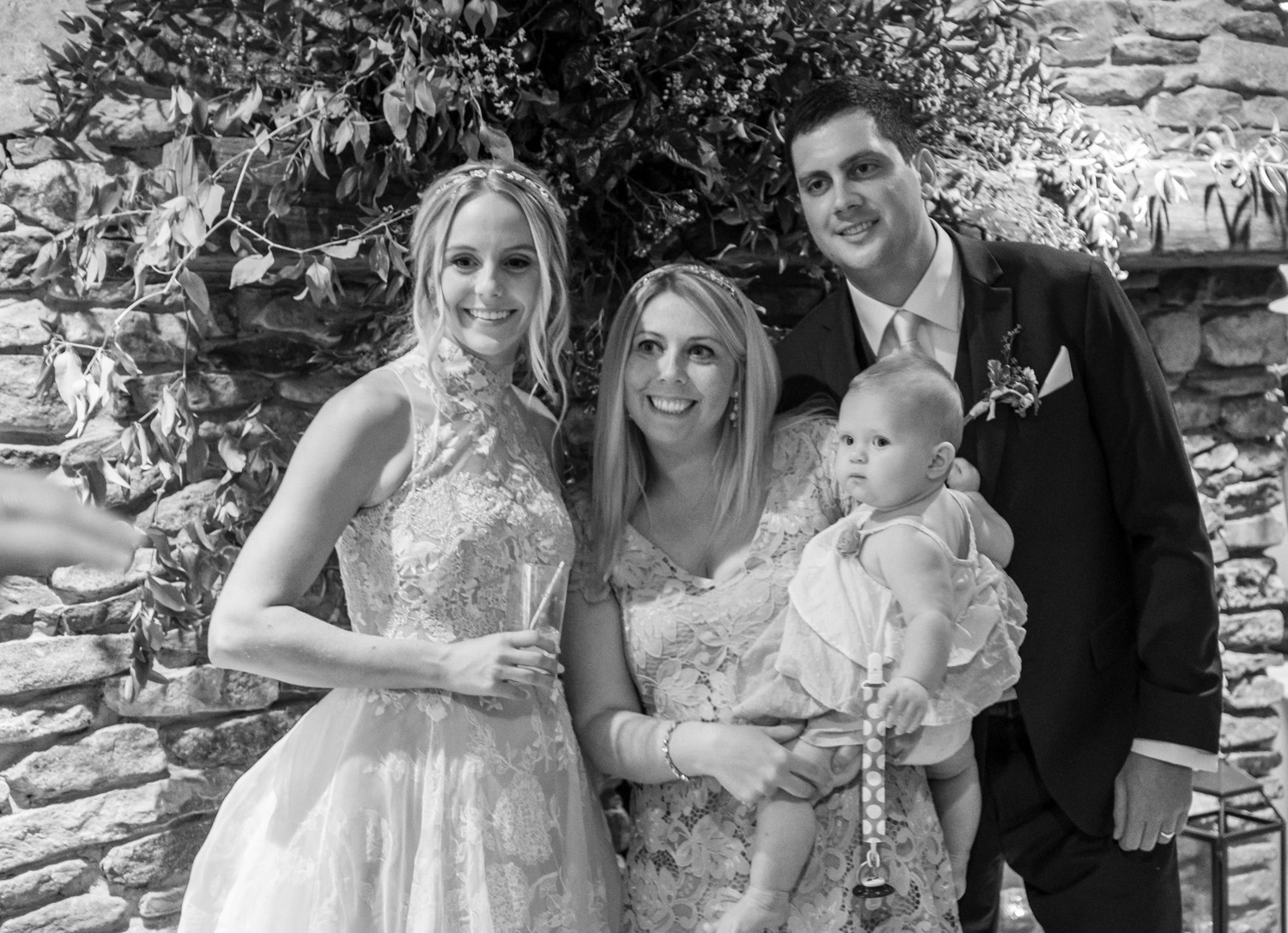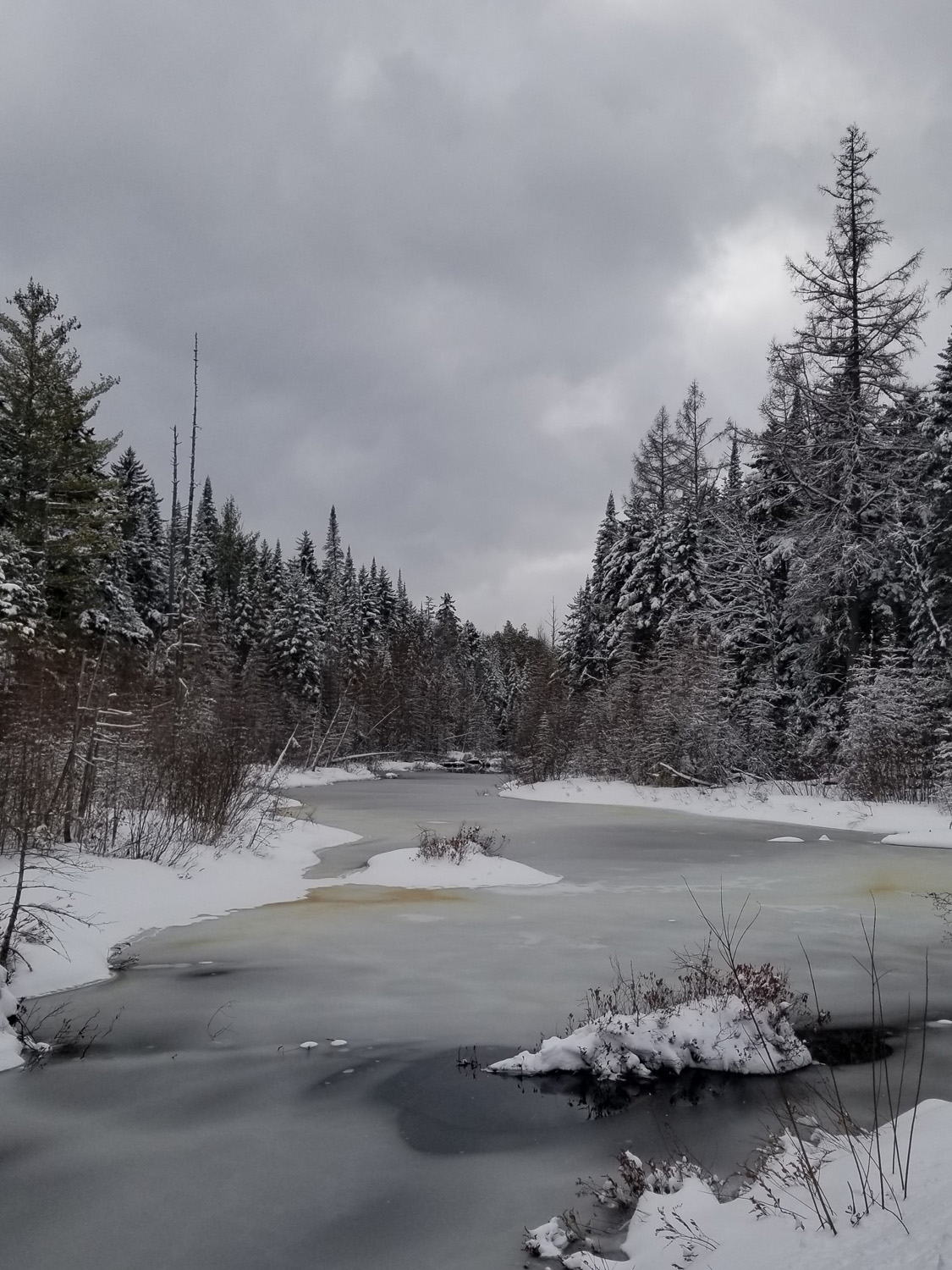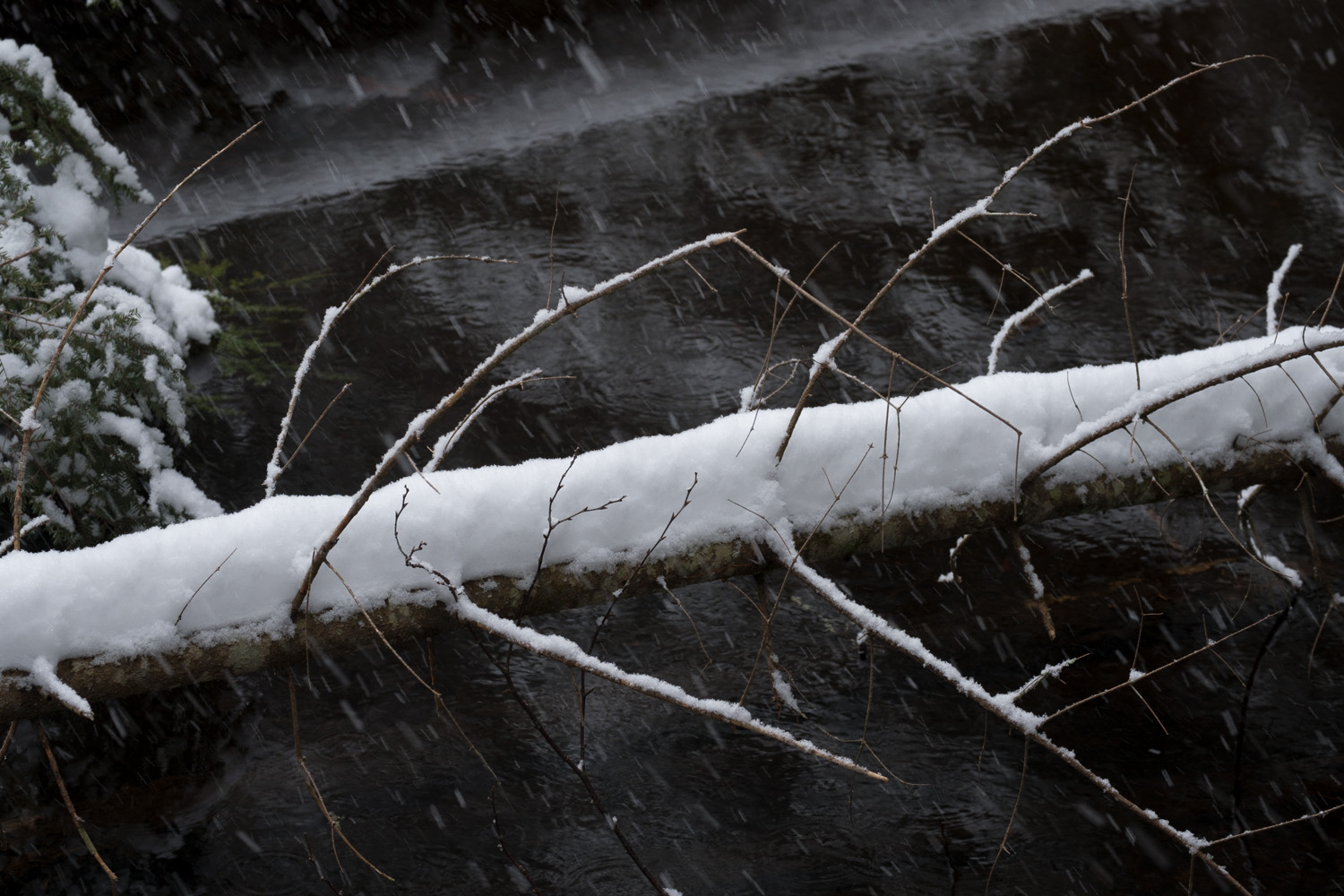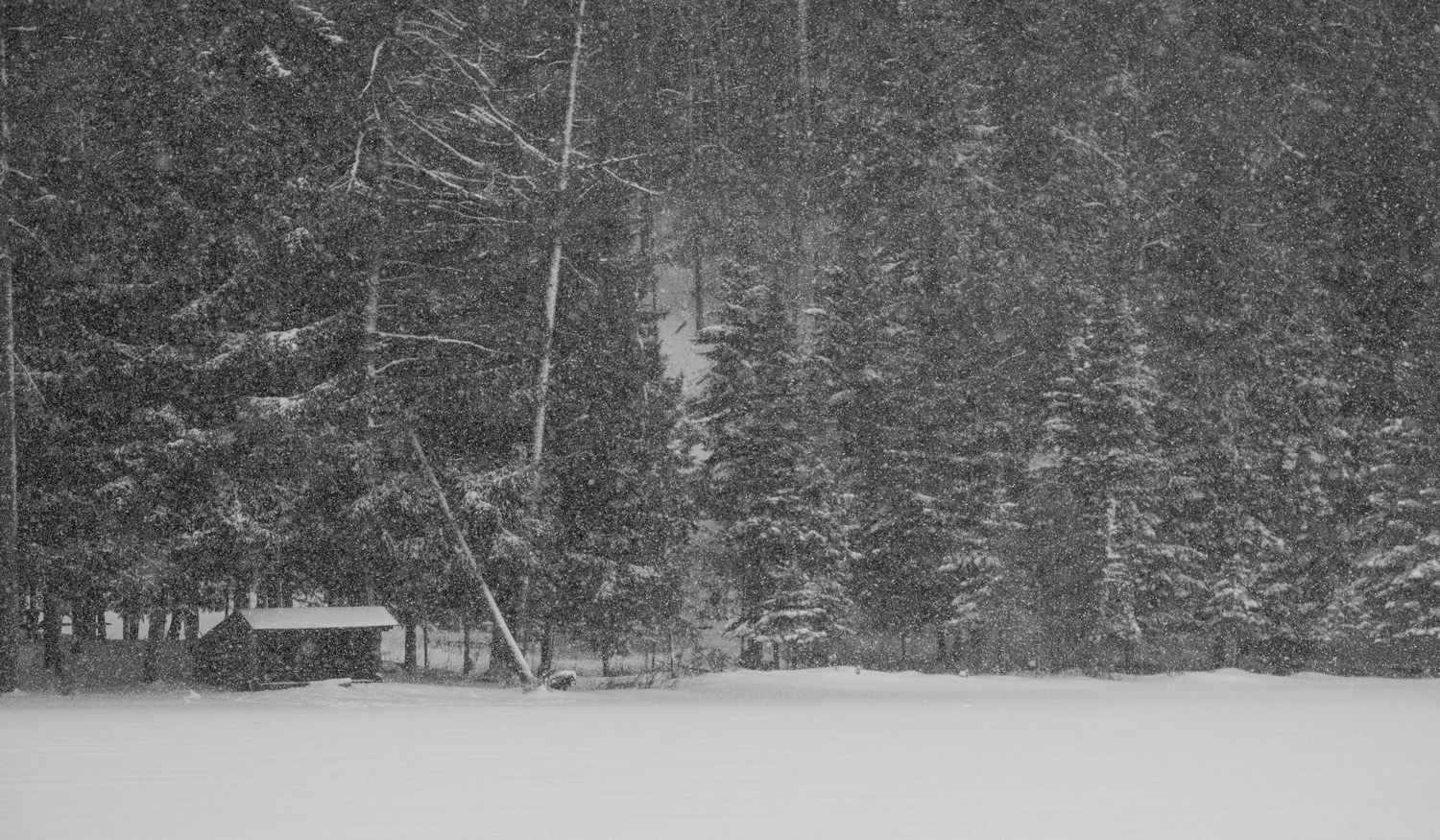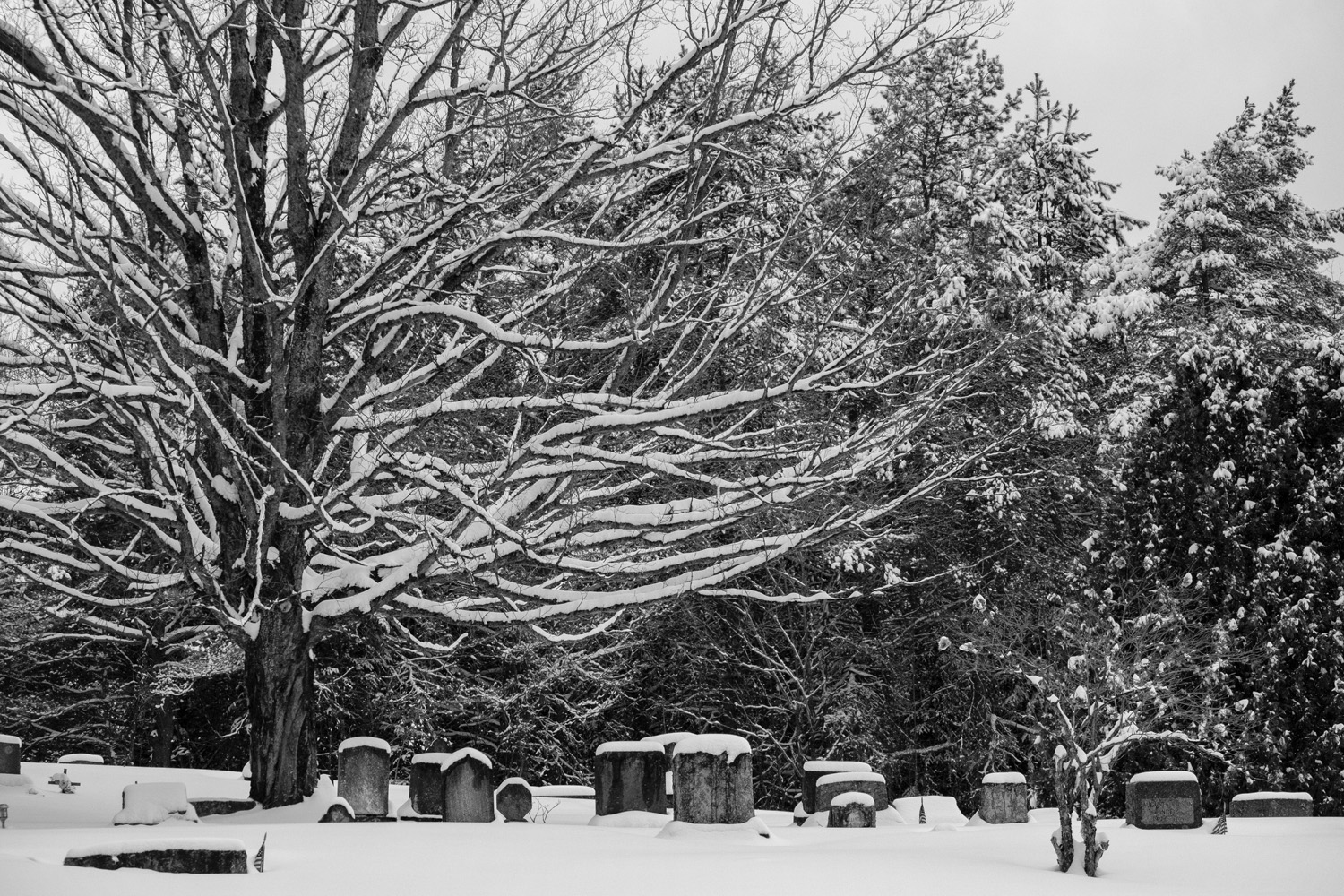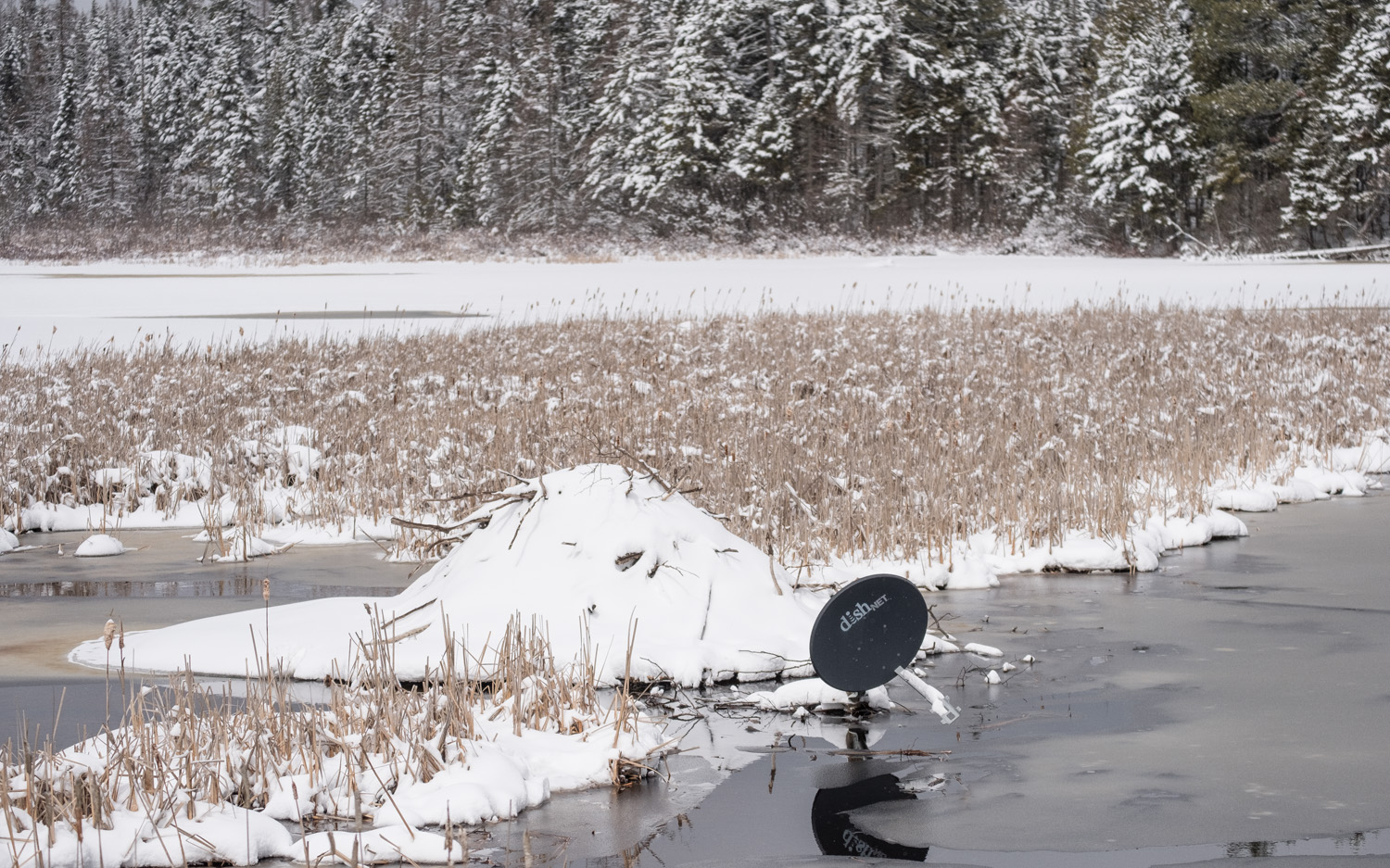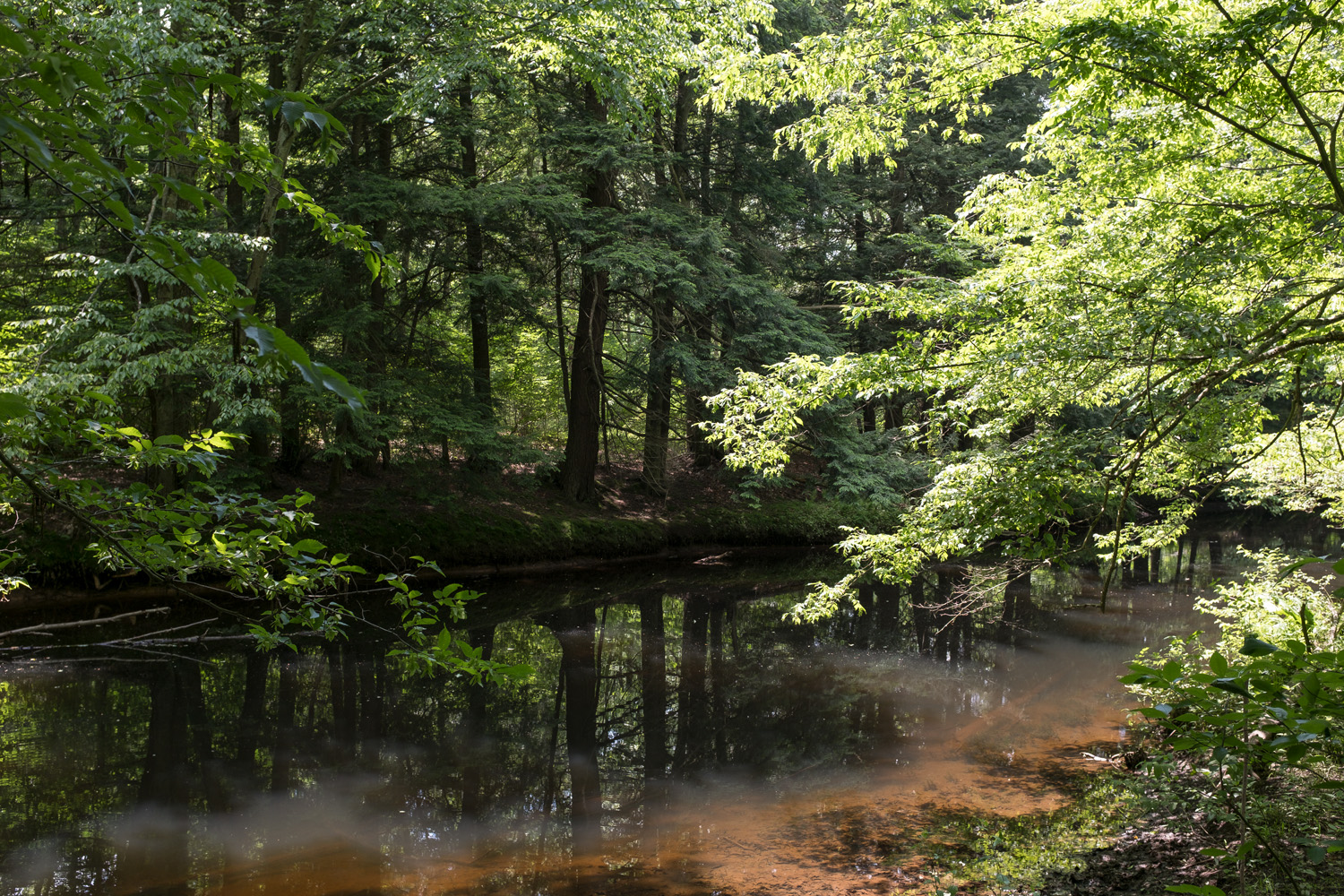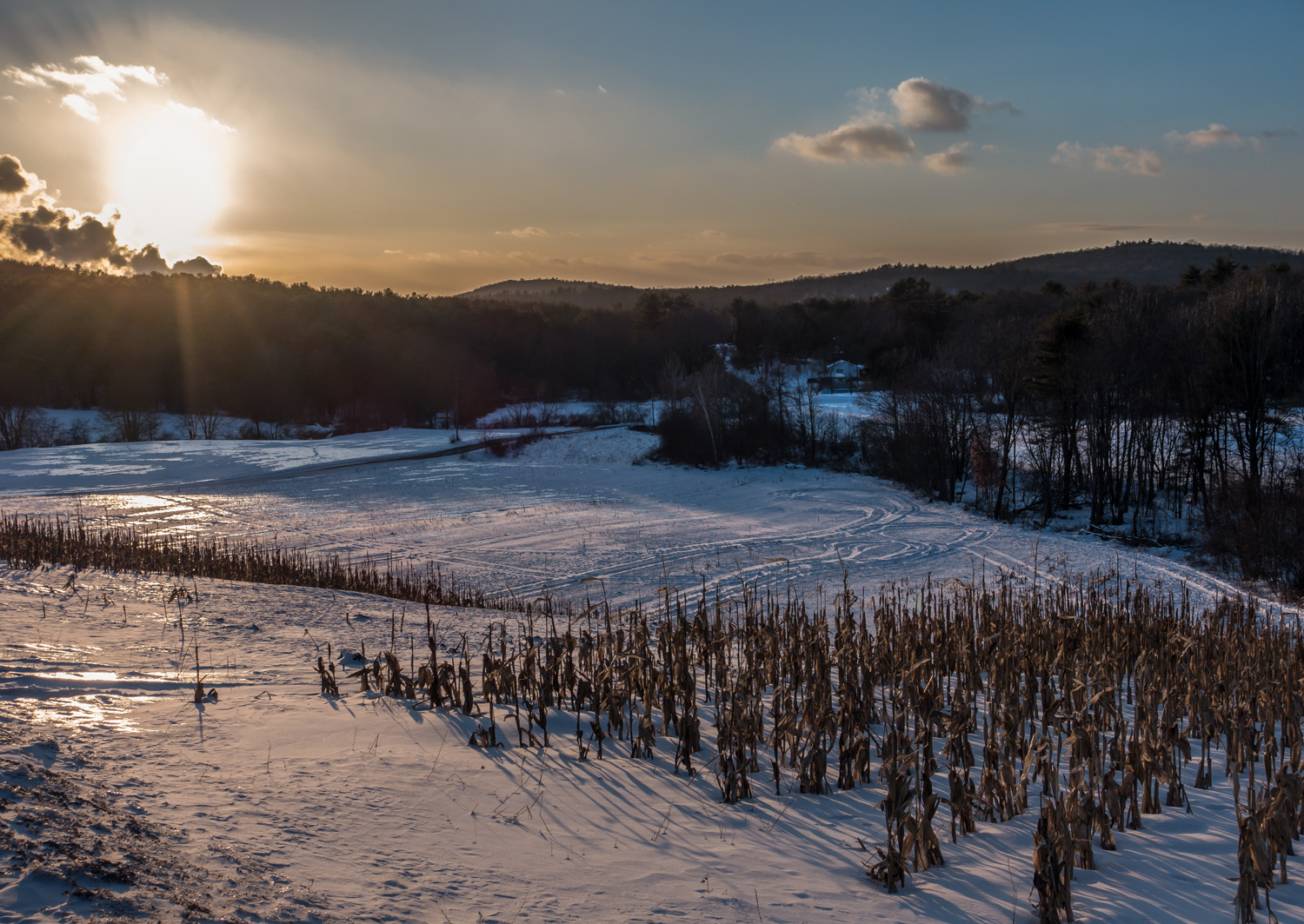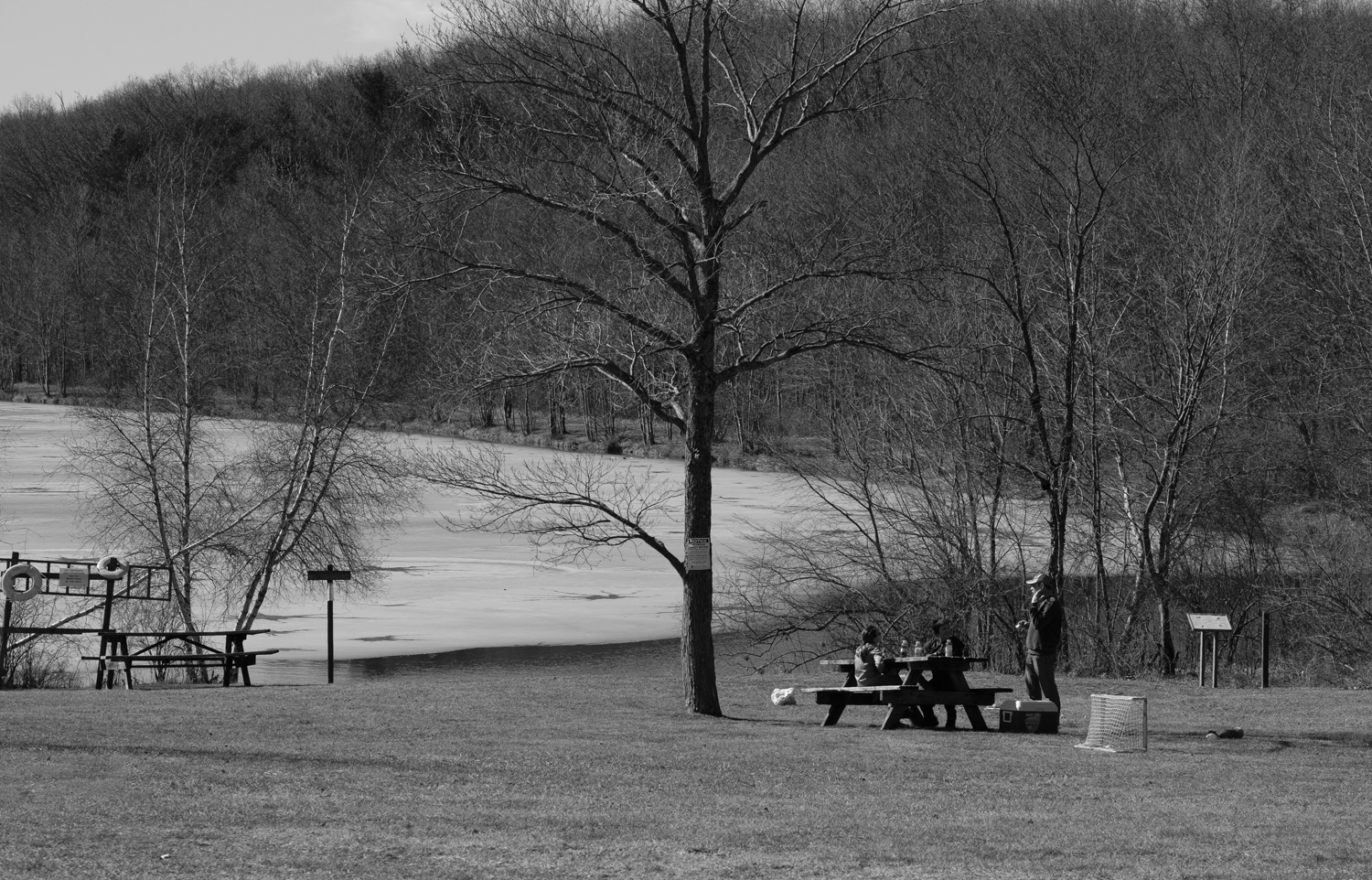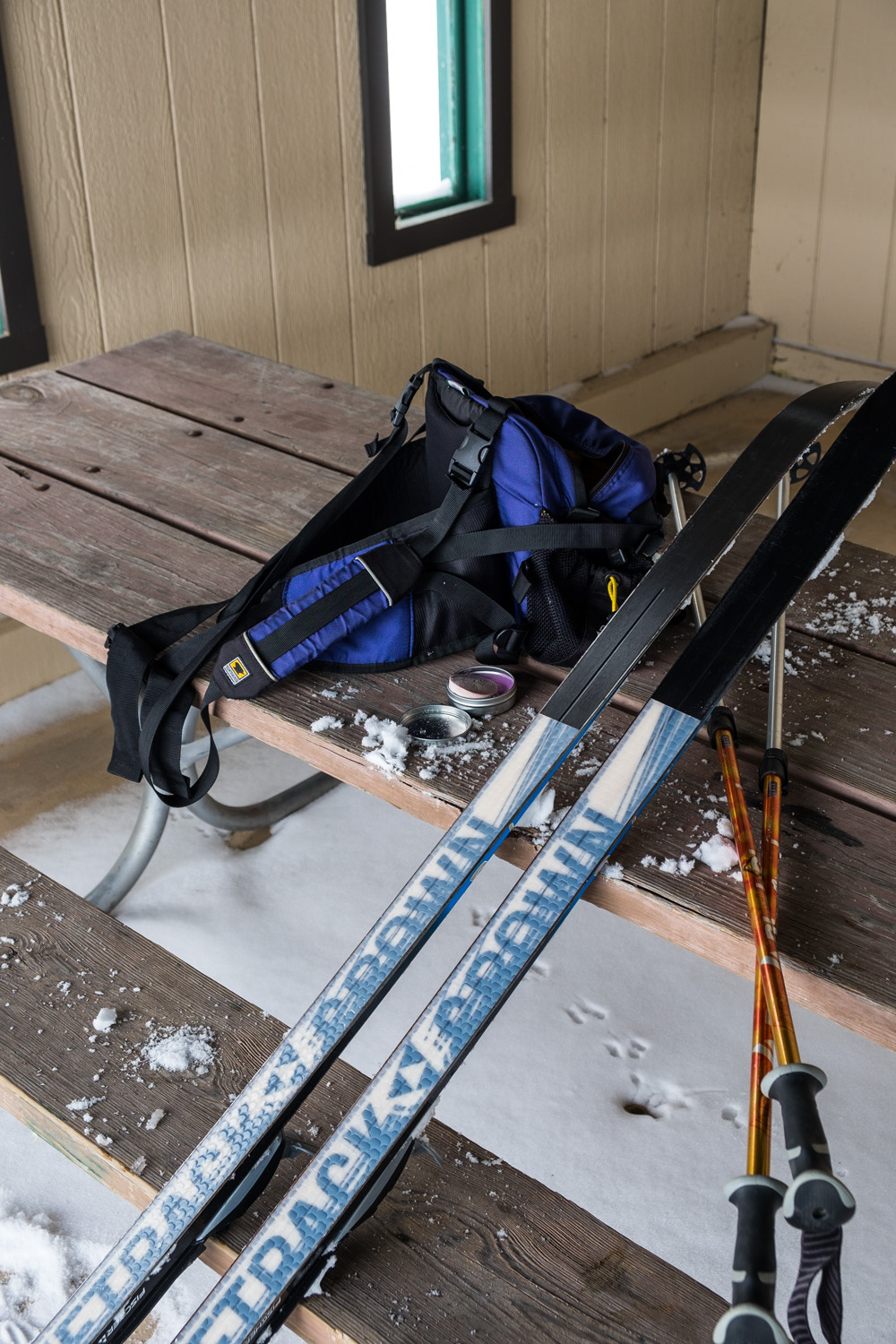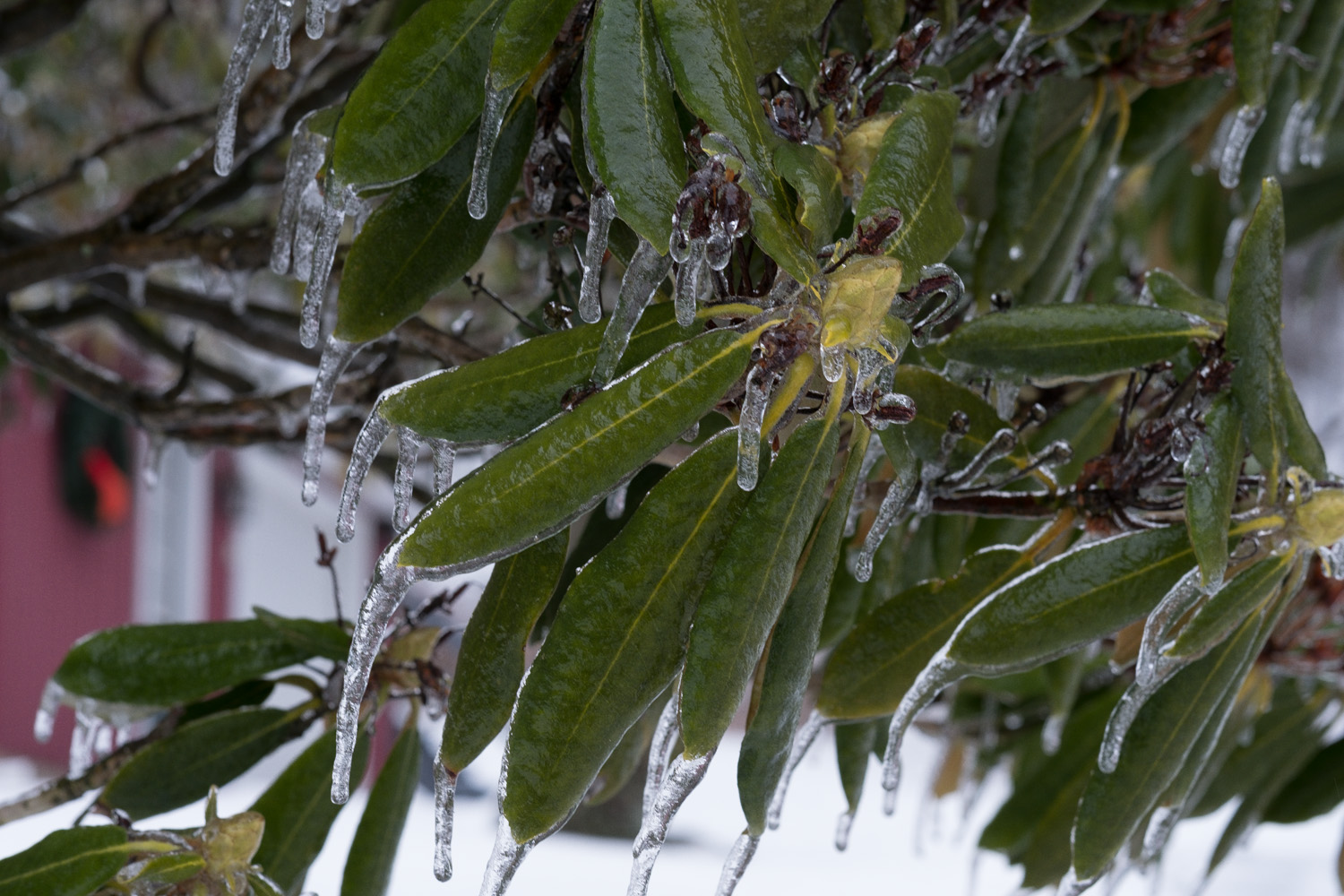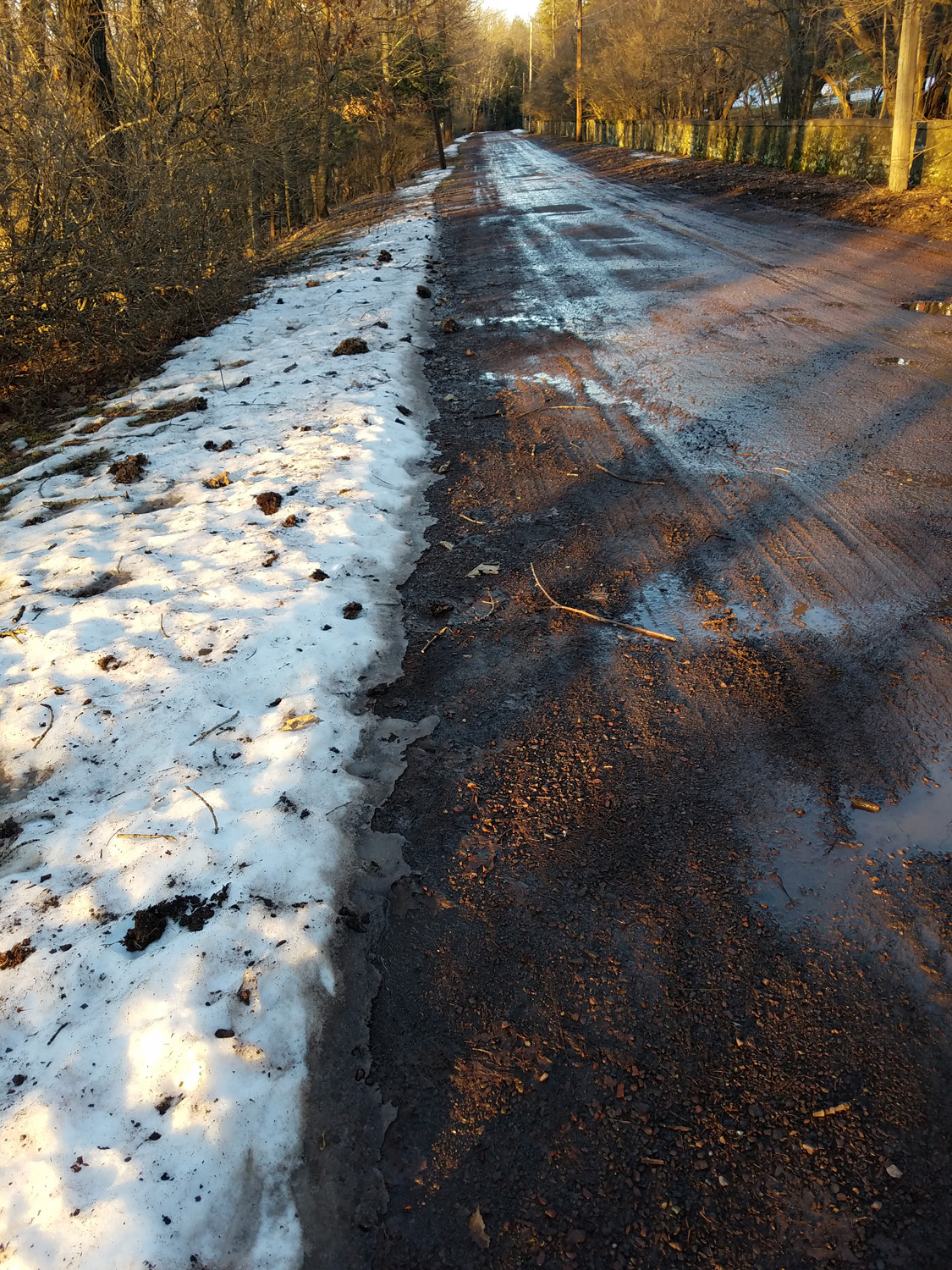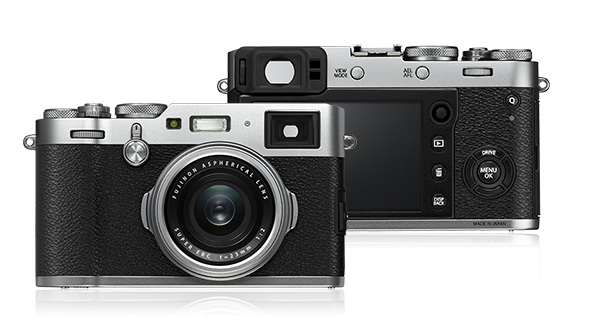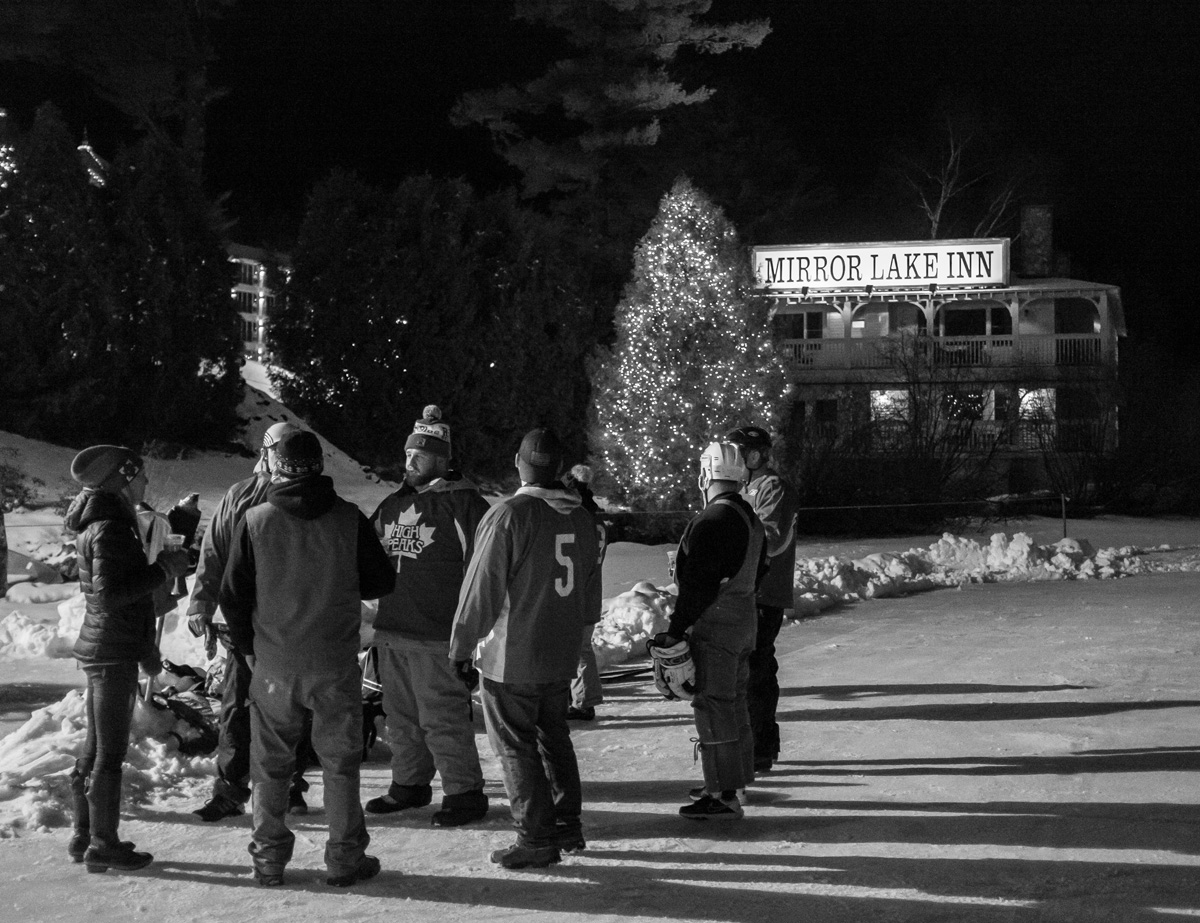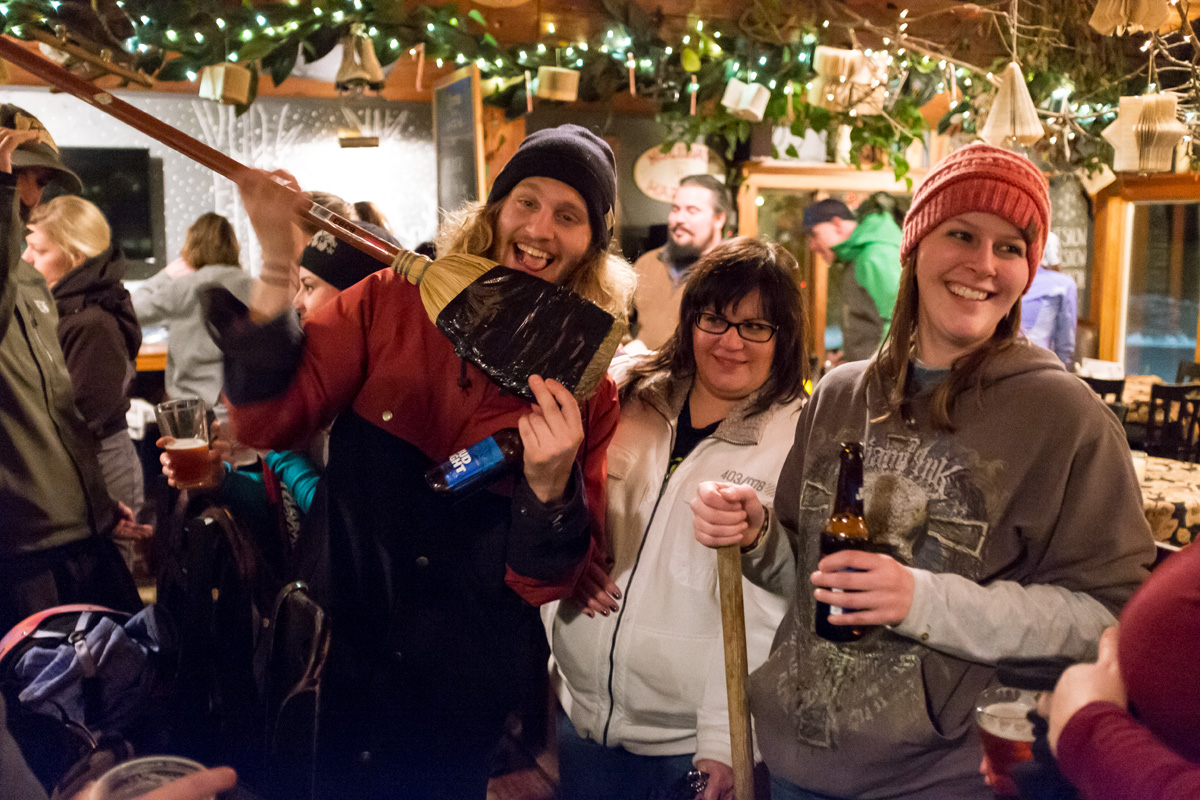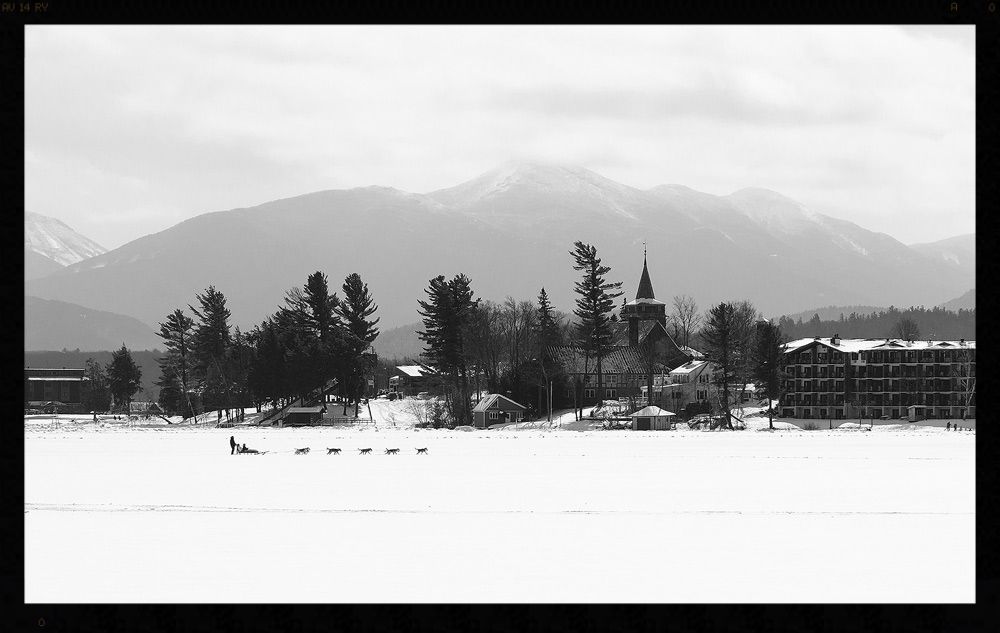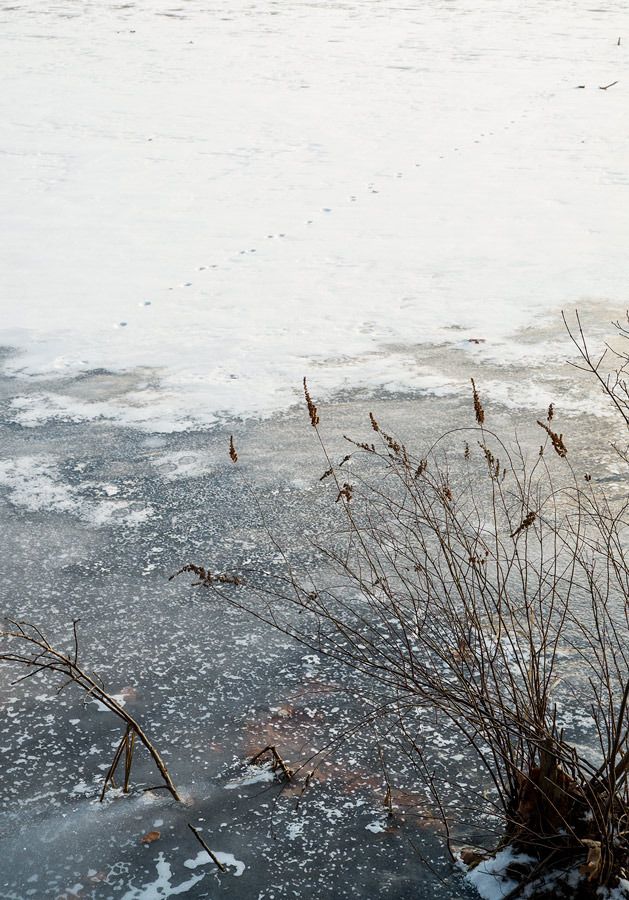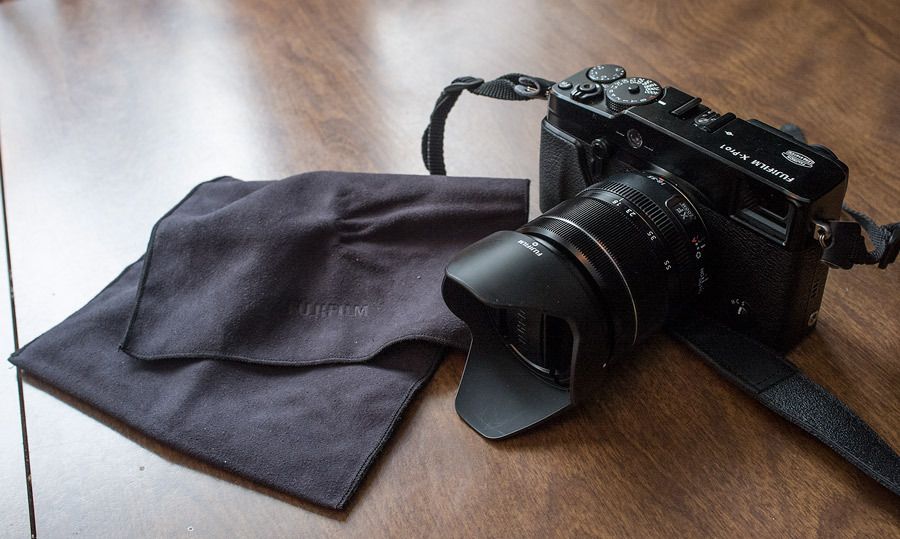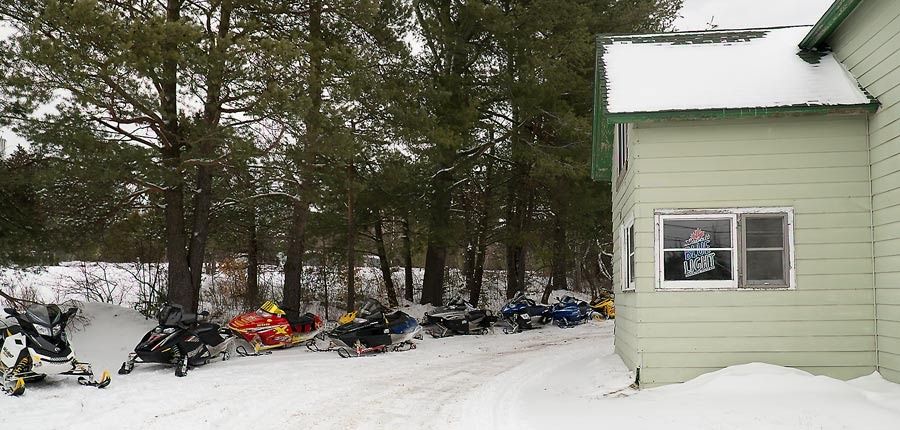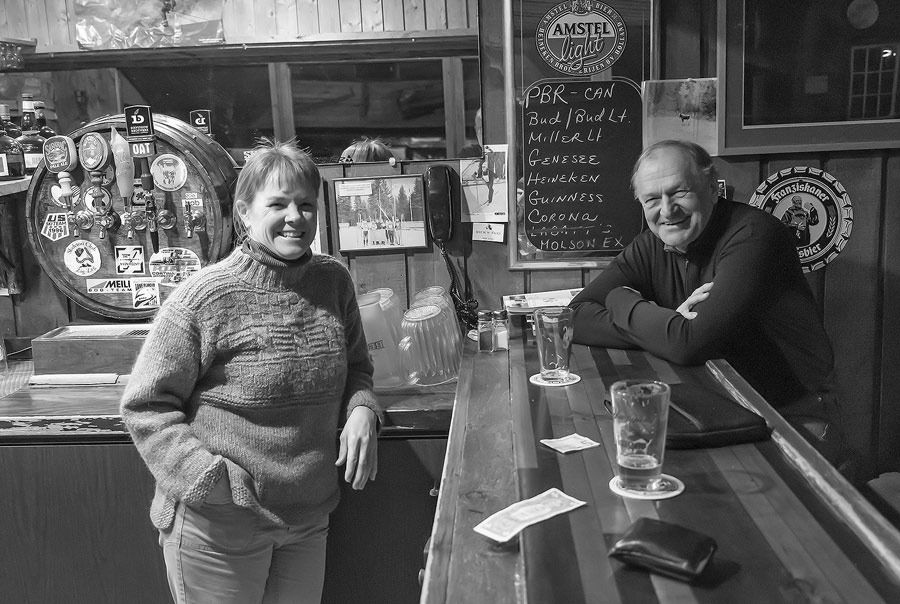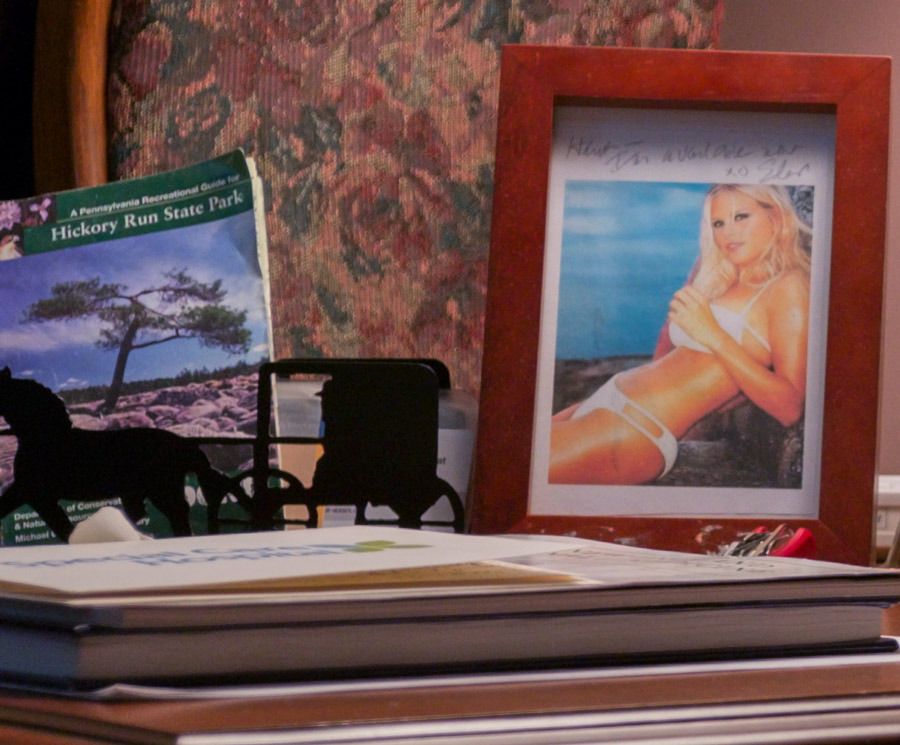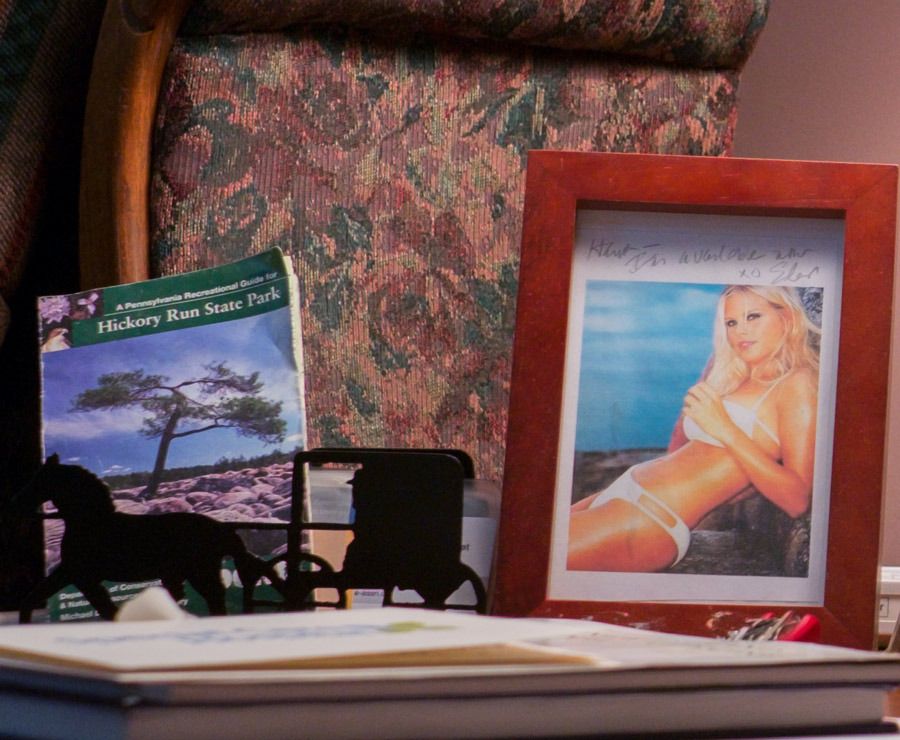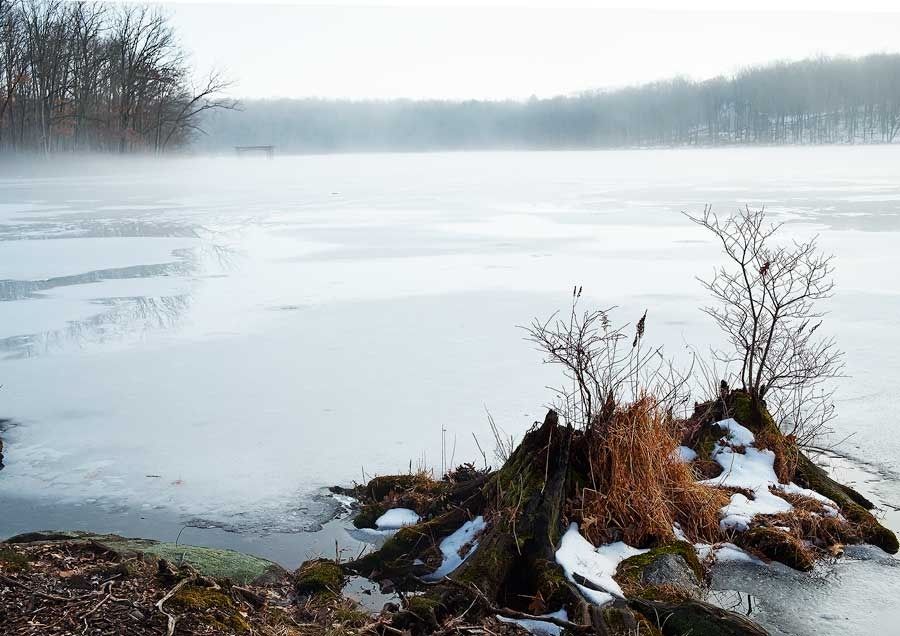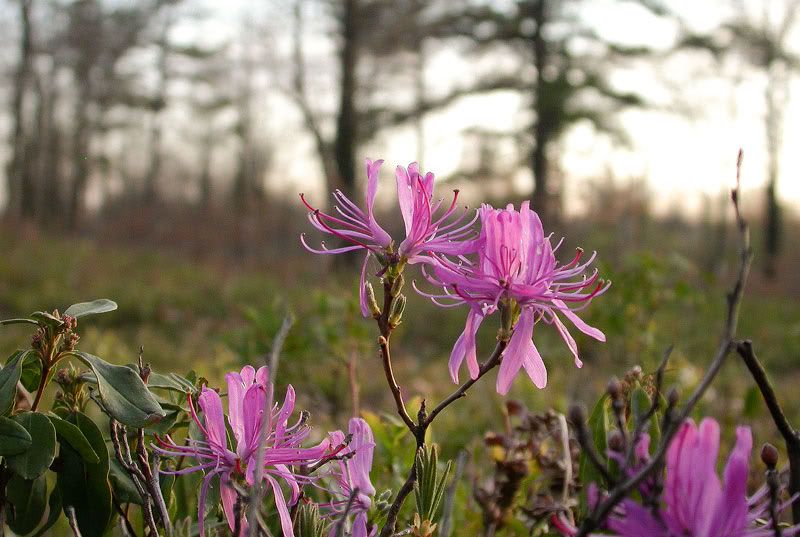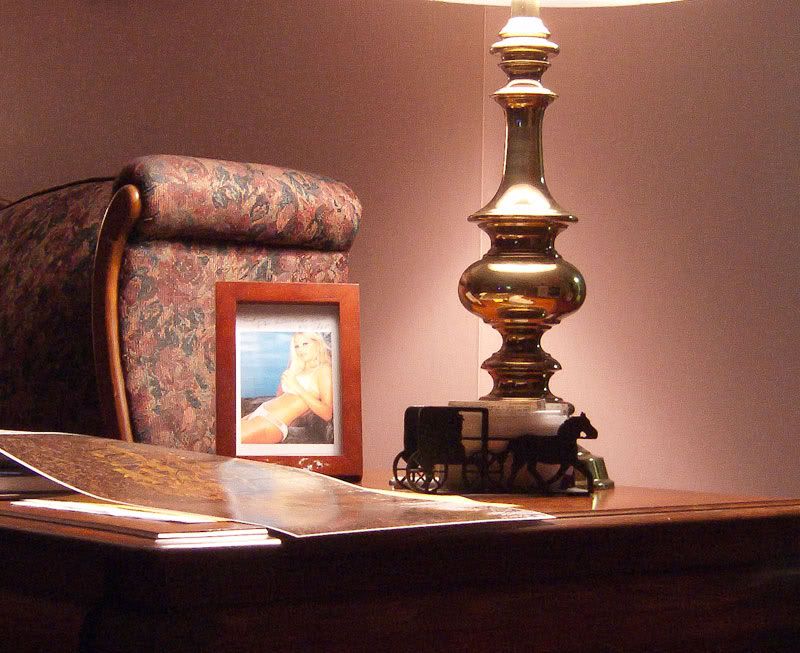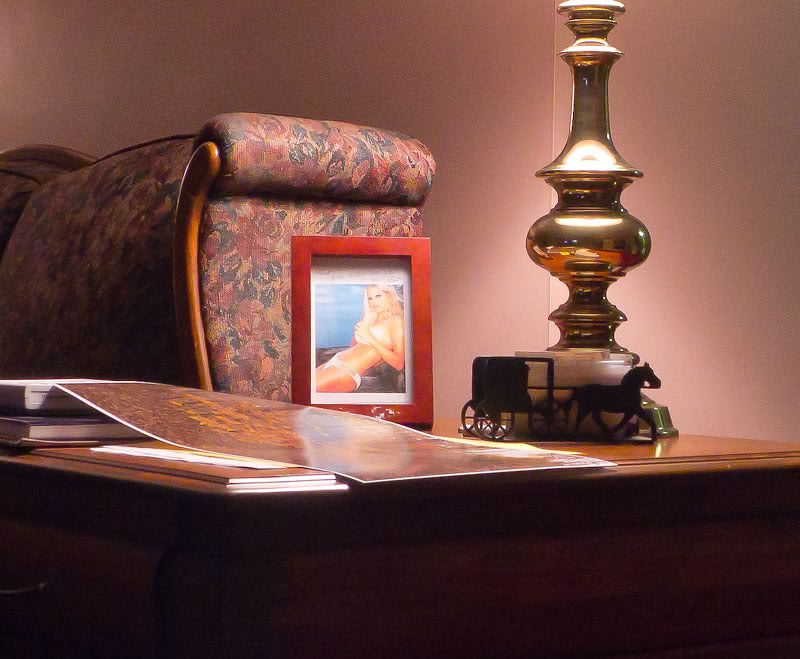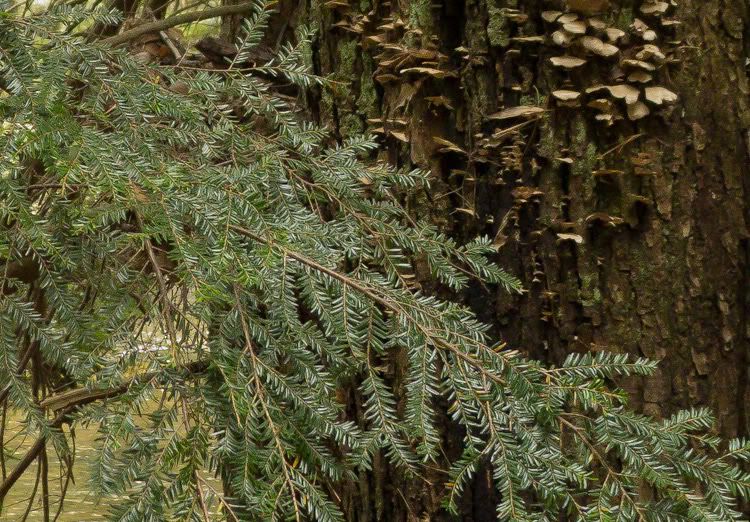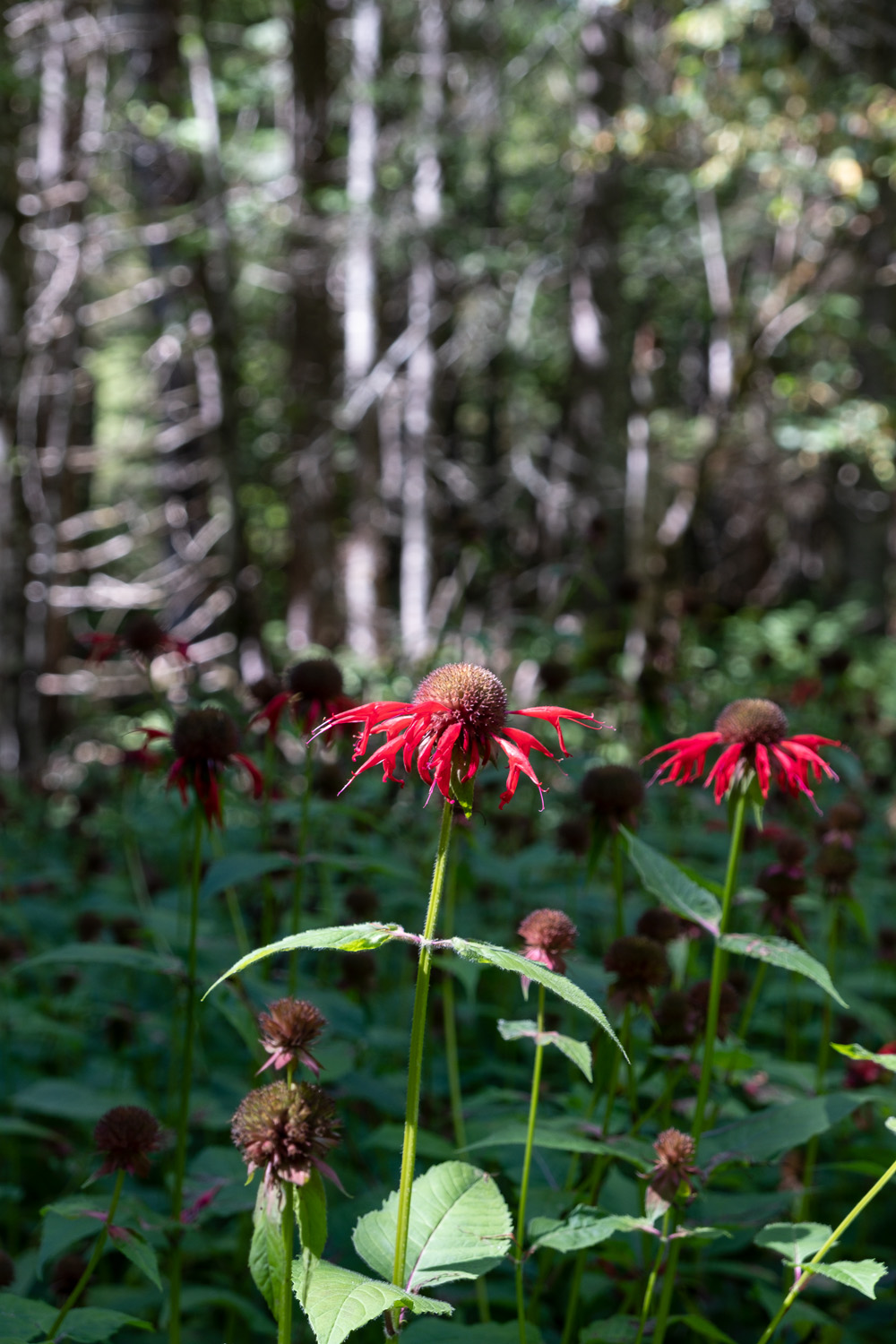
As I write this, I am sitting on my back porch in the Adirondacks. I am wonderfully relaxed: after a morning of hiking and shooting, the smell of balsam, and the soothing sound of a nearby cascade tempts me into taking a mid-afternoon nap.
Back in the day, I would have arrived here with several large camera bags with all sorts of gear including multiple DSLRs with multiple lenses, several heavy tripods, and flashes. I would have spent considerable time on the choice of lenses to bring. I would, days before leaving, begin the process of charging the multiple battery types I would need.
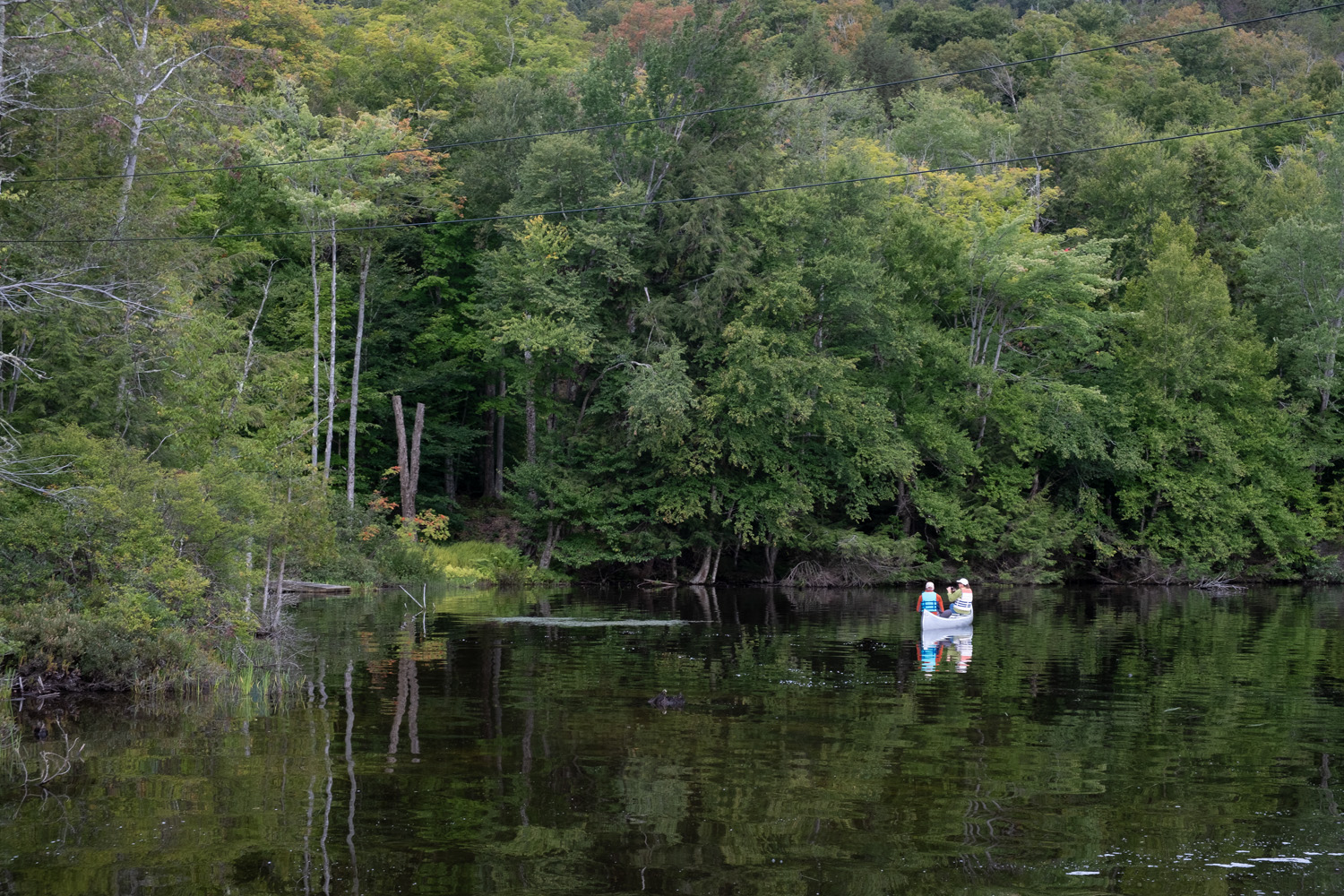
This was not necessarily frivolous. 15 years ago, if I wanted images that would print big, I would need to bring my best equipment, which meant big DSLRs and lenses. Nowadays. with mirrorless Fujifilm gear with lots of megapixels, my gear choice is much less critical, and my camera bags are far less cumbersome.
For this trip, as for other recent trips, my choice was straightforward. In one small bag I have my X100f with two teleconverters, and a polarizing filter for the main lens.
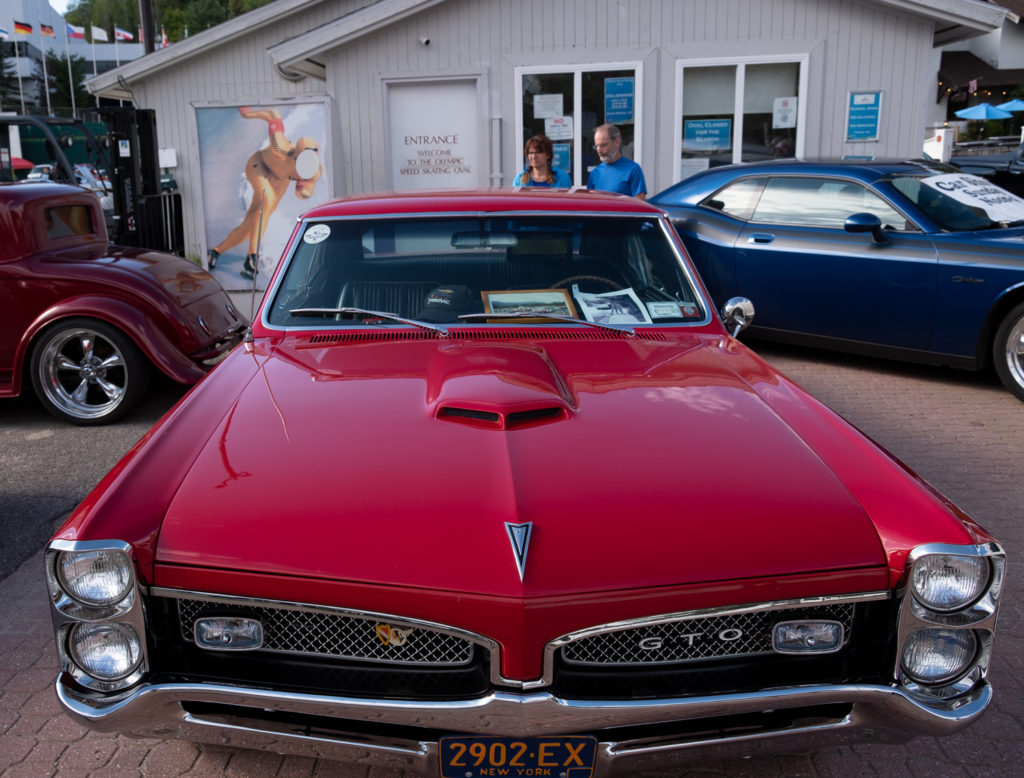
In truth, this set up alone would probably satisfy 70-80% of my needs at this point. The 28-50mm FOV offered by this gear, along with the soft leaf shutter, make it a very capable landscape camera. With the built-in neutral density filter, it is a clear choice for moving water.

One might imagine that my other camera bag might contain my Xpro2. You would be wrong. Though I enjoy that camera and value its stout construction and weather sealing, it doesn’t usually make the cut for personal travel. My interchangeable lens travel camera is generally its little brother, the XE3.

There are several reasons for this. First of all, is the smaller size, and lower weight of the XE3. This is despite the fact that it has the exact same imager and thus picture quality, as the XPro2. The lack of weather sealing is a slight issue, but as most of my lenses are not similarly robust, and I’m reasonably careful, I’m not sure it matters much.
Finally, for some reason, USB charging, a feature of both the XE3 and later X100 series cameras, was omitted in the X Pro 2. This makes no sense to me given the latter camera’s larger size. This charging function eliminates the need for a separate battery charger. As both the X100f and the XE3 use the same batteries, everything works out nicely.
As for lenses, my choices vary, but on this trip, for the sake of simplicity, I grabbed both “kit” zooms the 18-55mm f2.8 t0 4.5, and the 55-200mm f3.5-4.8 both of which are image stabilized and wonderfully sharp. I also packed the Laowa 9mm f2.8 and the Fujifilm 60mm f2.4 just to have a few primes lenses along.
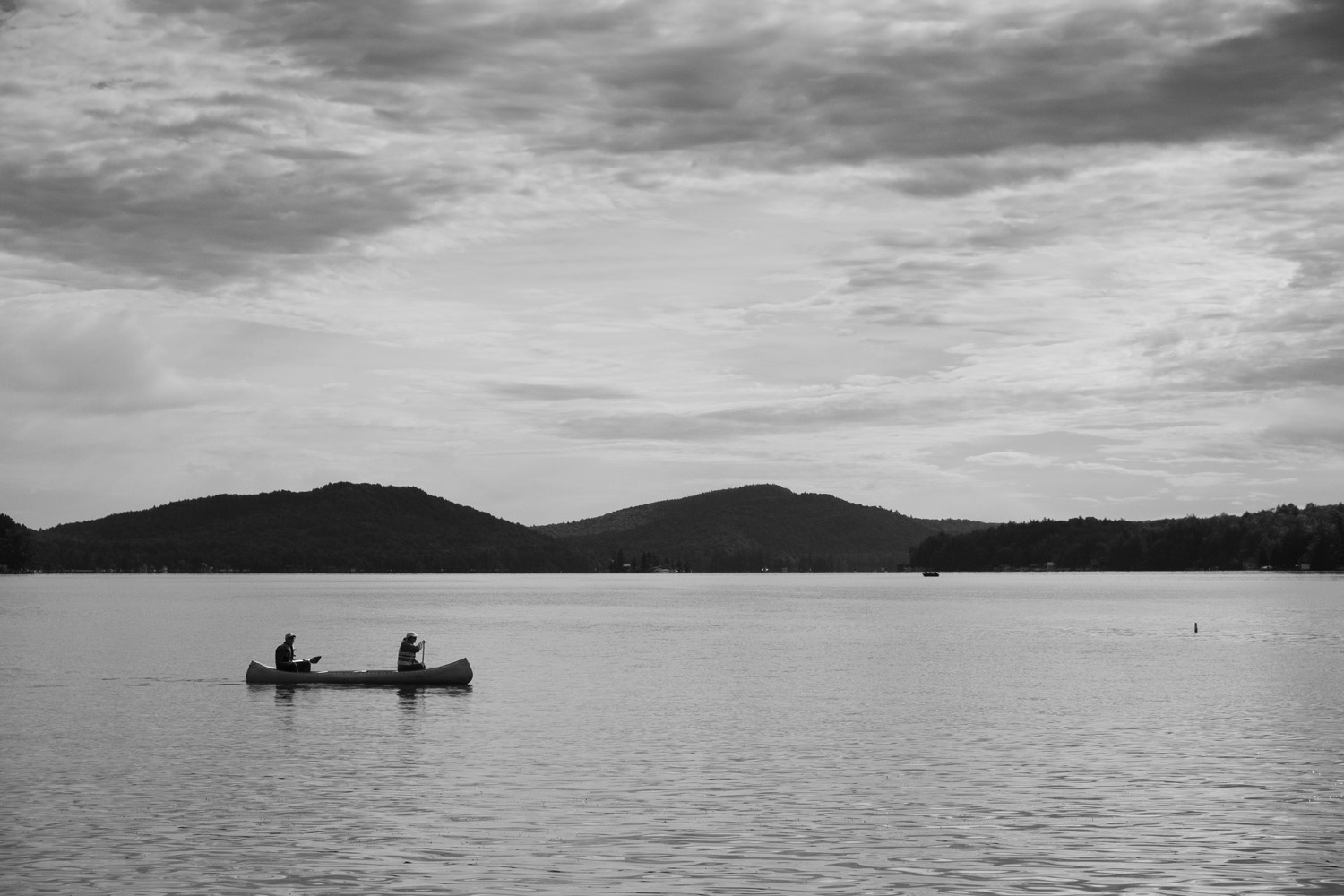
The resultant kit is unobtrusive, very light and fun to shoot. It is also convenient that the two camera bodies have nearly identical control layouts. With this gear using a light tripod, I can easily capture images that will make beautiful fine art prints, to 17×22 inches and beyond.
It’s fun that light and easy to use photography gear has become so capable.
I hope I still am.

